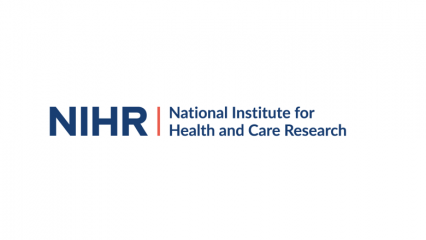Research shows effectiveness of gene sequencing platform in identifying skin microbes that cause disease
A study has revealed that the MiSeq gene sequencing platform is as effective as the commonly used 454 in collecting data on low abundance bacteria found on the skin.
It also demonstrates that contaminating skin bacteria samples with human DNA does not affect the performance of the MiSeq platform, suggesting future research contrasting bacteria found on those with a skin condition with that of healthy patients could help identify indicators for future risk of developing skin disorders.
The research was funded by the NIHR Manchester Musculoskeletal Biomedical Research Unit (BRU) through the award of a clinical training fellowship to Dr Madhura Castelino, Clinical Lecturer in the Division of Musculoskeletal and Dermatological Sciences at the University of Manchester, who carried out the work. Support for the study was also received from Arthritis Research UK. The full report can be read here in the BMC Microbiology journal.
There is increasing interest in exploring the microbes that inhabit the human body to find out the role they play in health and disease. In most studies exploring the microbiome, gut bacteria are assessed from stool samples, which contain large numbers of microbes.
In skin conditions, such as psoriasis and eczema, researchers would like to investigate microbes on the skin, which contains fewer microorganisms and is more likely to be contaminated with human cells, making identification of bacterial cells even more difficult.
Bacteria form a large part of the microbial community and specific types can be identified by sequencing the 16S rRNA gene that exists in bacterial but not human cells. Rapid progress in gene sequencing technology makes this possible, and the results of Dr Castelino’s work show that researchers can confidently use the MiSeq platform, which has increased in popularity despite no public information previously being available on its performance compared to the 454 in assessing low abundance skin bacteria.
Professor Anne Barton, BRU Theme Lead for Inflammatory Arthritis in Adults, said:
These results demonstrate for the first time the effectiveness of the MiSeq gene sequencing platform. It is credit to the NIHR Manchester Musculoskeletal Biomedical Research Unit which has allowed us to increase our understanding of how microbes cause disease. We hope that these findings can be translated into future research which may help us identify differences in the microbiome which show that outwardly healthy patients are at risk of developing skin conditions.



